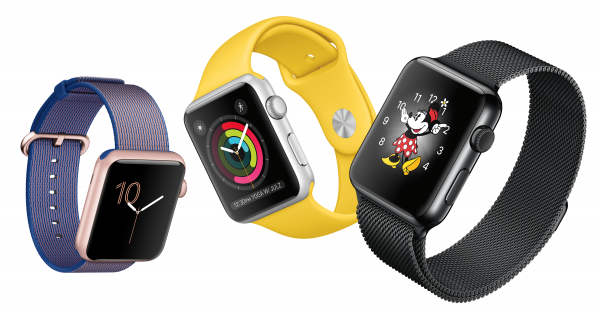
Three in 10 smartwatch and fitness tracker owners abandon their devices out of boredom, a lack of usefulness, or simply because they stopped working, according to research firm Gartner.
In a survey this year, it found that 29 per cent of smartwatch and 30 per cent of fitness tracker owners had dumped their devices, driving home the need for wearable makers to find new uses for these devices as their initial shine wears off.
The study also revealed that smartwatch use remains in early adoption as only 10 per cent of those surveyed use one. On the other hand, fitness trackers are already seeing early mainstream adoption with 19 per cent of all respondents using them.
Makers of wearable devices have to distinguish themselves with features that cannot be found in smartphones, while engaging users with incentives and by gamifying their interactions with them, according to Gartner research director Angela McIntyre, in a report yesterday.
Compelling value propositions a necessity
It adds that as the momentum for growth in the wearables market shift towards demand from mainstream consumers, it is up to their makers to offer a compelling reason for people to buy these gadgets.
Indeed, survey respondents have said that wearables are too expensive given their perceived usefulness. They also find the designs of smartwatches and fitness trackers in the market unappealing.
To overcome these challenges amid competition from big brands, Gartner believes makers without a strong brand image should accept lower margins and offer a low-cost, quality alternative to price-sensitive consumers.
It also adds that wearable makers should partner with companies that build, design, brand, market and distribute watches and fashion accessories, since they have experience setting style trends, marketing lifestyle devices and have established retail channels.
The findings come from 9,592 online respondents from Australia, the United States and Britain.
Smartwatches still for early technology adopters
Those in the US have the highest smartwatch usage at 12 per cent, followed by 9 per cent in the UK and 7 per cent in Australia.
These figures are a small increase from a 2015 survey, where 8 per cent of respondents in the US and 5 per cent in the UK used them.
Smartwatch usage is clearly higher among respondents aged 44 and below. More than half of those who use a smartwatch (58 per cent) use them daily, while those who do not (33 per cent) use them at least several times a week.
McIntyre notes the key to selling the gadgets to mainstream consumers revolve around health tracking and the convenience of receiving alerts on the wrist rather than their phones.
Fitness trackers reach early mainstream
Gartner’s survey showed that the US again leads fitness tracker usage, with 23 per cent of all respondents using one. Britain’s numbers stand at 15 per cent and Australia, 19 per cent.
Usage has increased from the 2015 study once more, which reported 17 per cent of respondents in the US and 10 per cent of those in UK used fitness trackers.
Most people with a fitness tracker wear them daily, while among those who did not, 26 per cent wear them at least several times each week.
For 29 per cent of the survey respondents, fitness trackers are unappealing devices. They said they would not wear them, or that the designs are neither fashionable nor attractive.
Mikako Kitagawa, a principal research analyst at Gartner, believes the fact that fitness tracker cases and wristbands designed by fashion brands are sold as upgrades at a cost may be a barrier to better perceptions of the aesthetics of fitness trackers.
Younger people less than 45 years old tend to think a smartphone can do everything they need, while those above 45 do not want to buy a fitness tracker because they find them too expensive for what they offer.
Kitagawa believes it is important for wearable makers to market lower-priced fitness trackers to older user segments, especially older women, since more fitness trackers will be sold as replacement devices rather than as first-time purchases from now until mid-2017.






